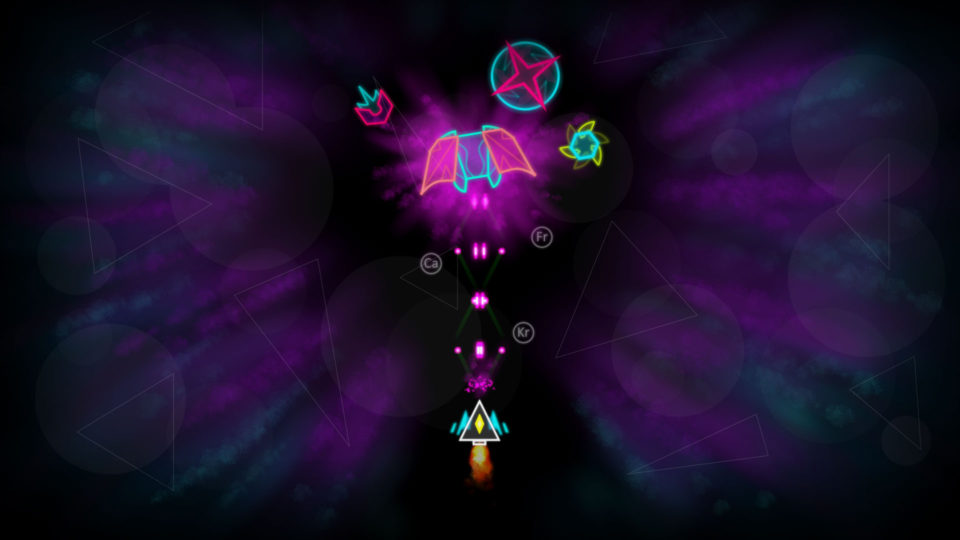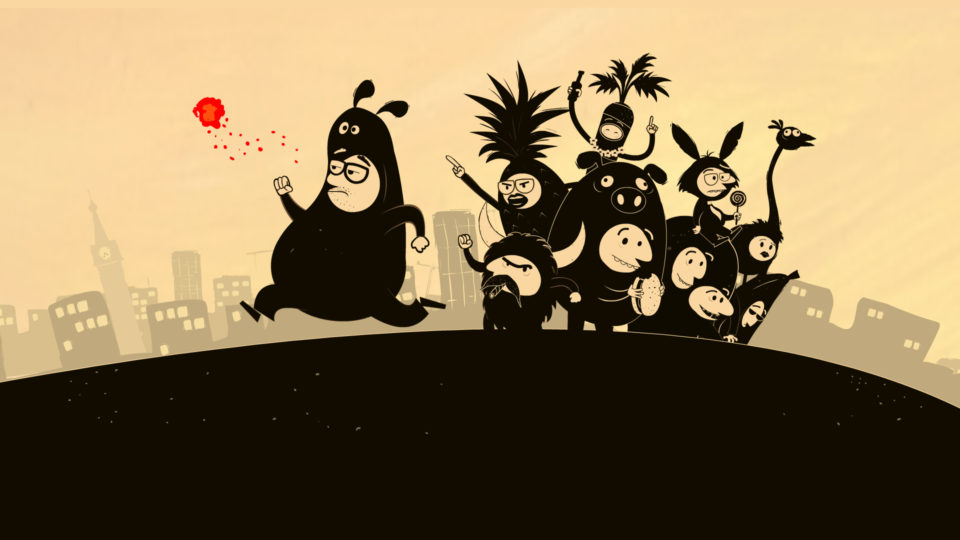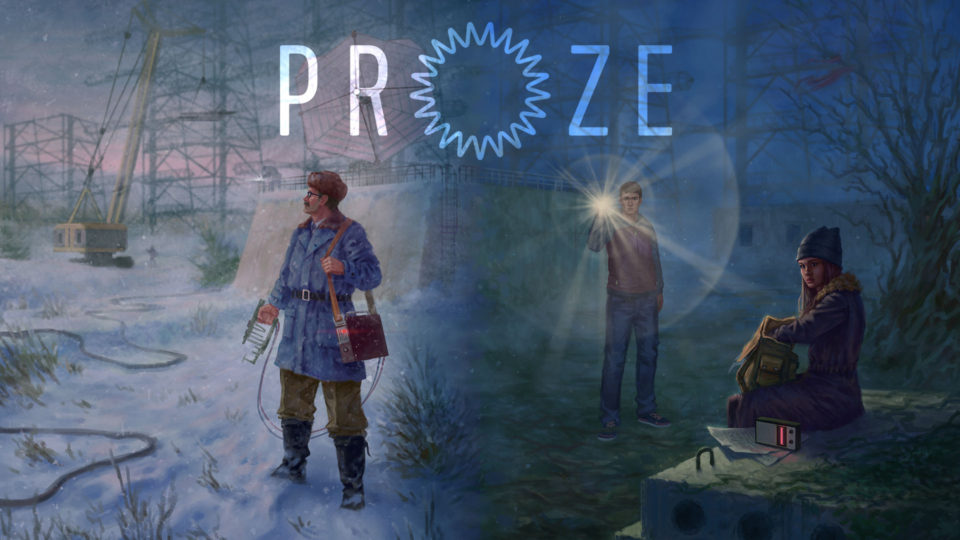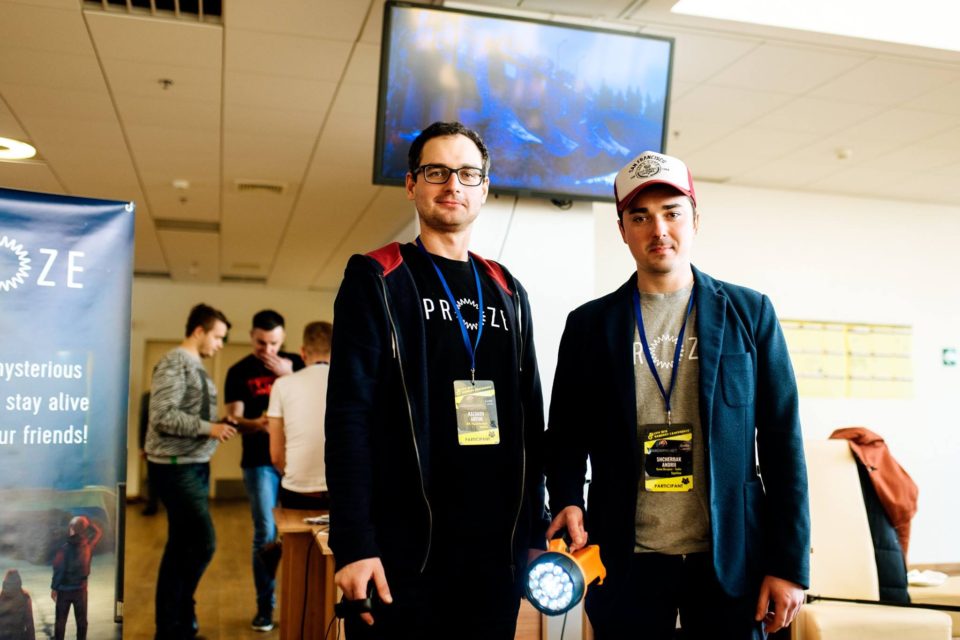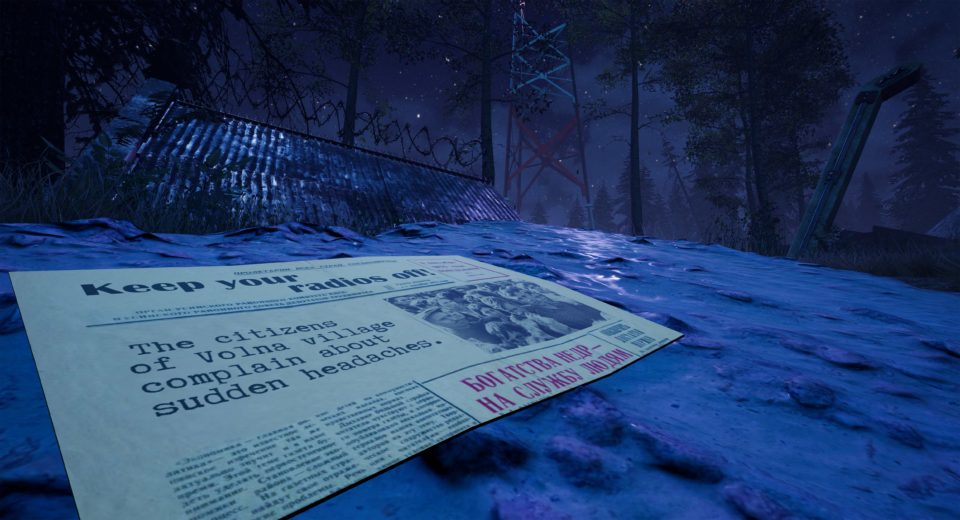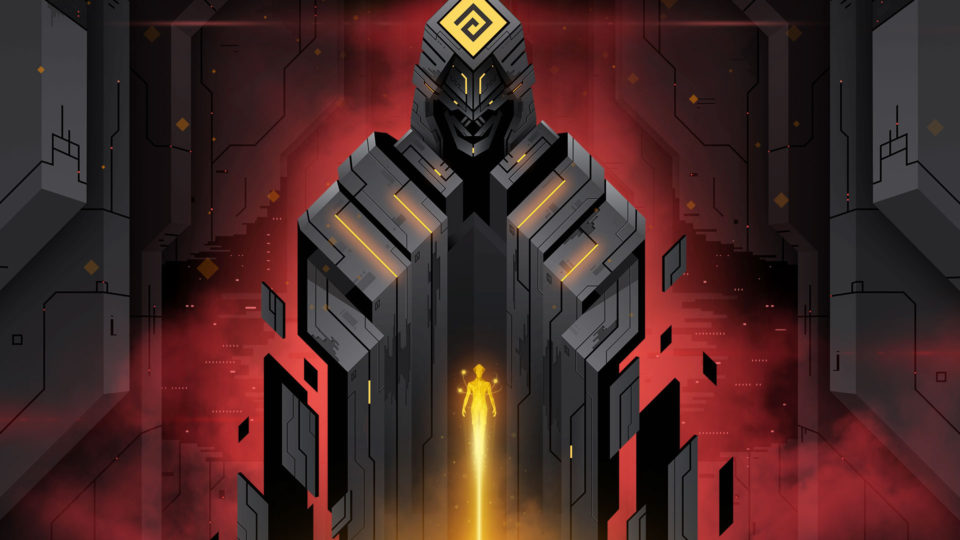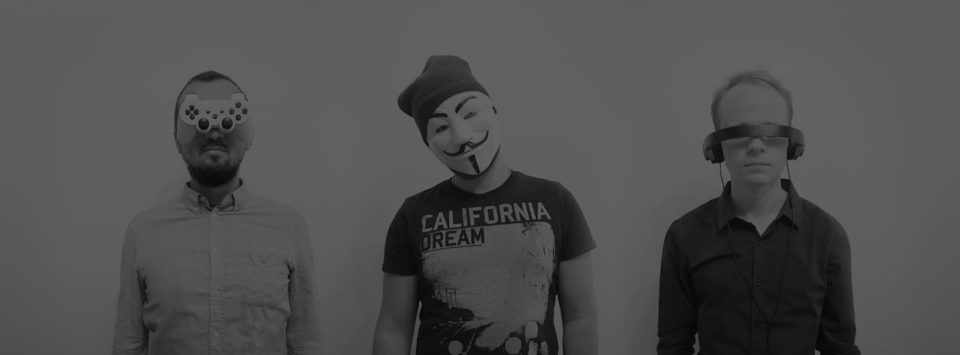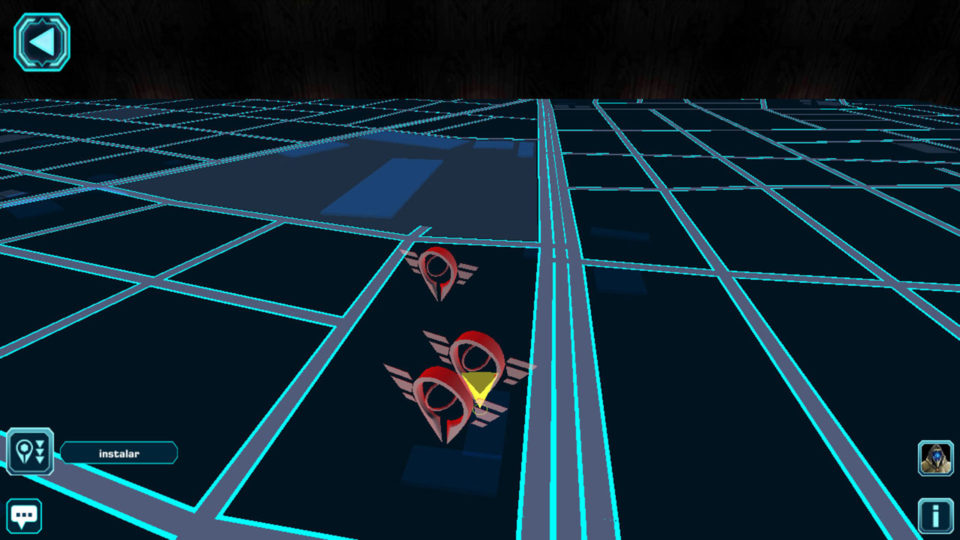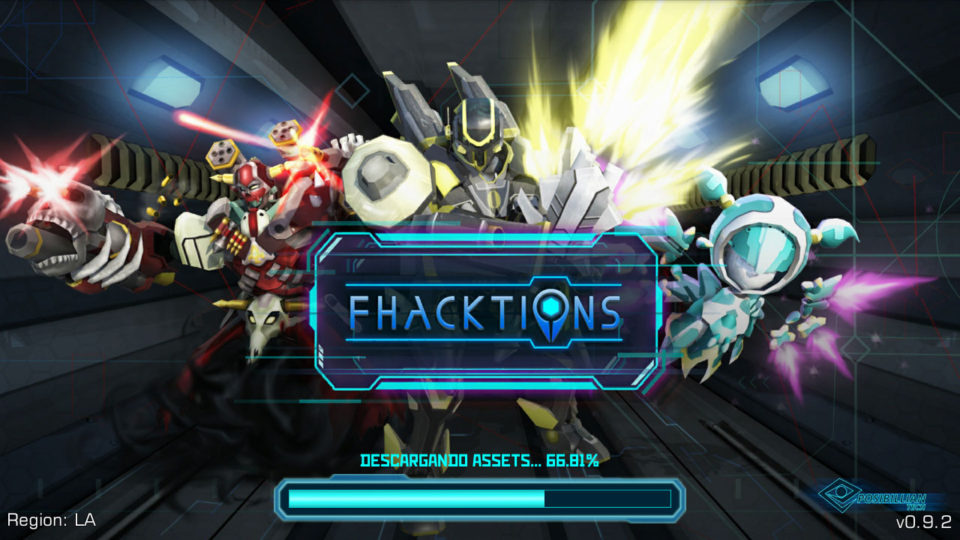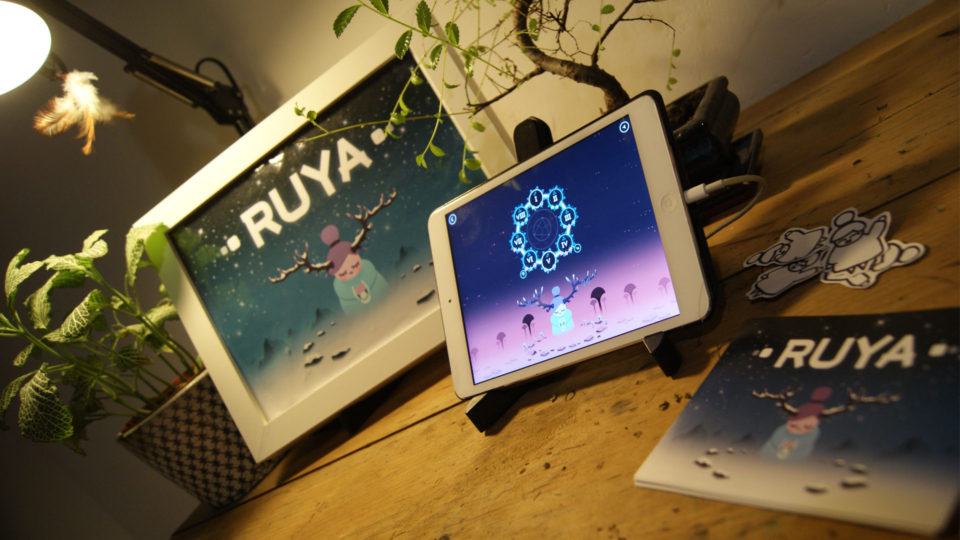The following Postmortem is by a winner of the Adult Games Conference (AGC) which is a nomination partner of Indie Prize. As a winner, Juan Pablo Méndez Altuzar is provided with 2 free conference passes and free spot to showcase his game on the official XXX games giant website, PornGames dot Sex. The Adult Games Conference is a convention for independent xxx game developers. It is a conference which celebrates the artistry and fans of sex game development, and is geared towards a mature fan base of people who are at least 18 years of age or older . Juan has also decided to participate at Casual Connect USA 2019 in August at Indie Prize.
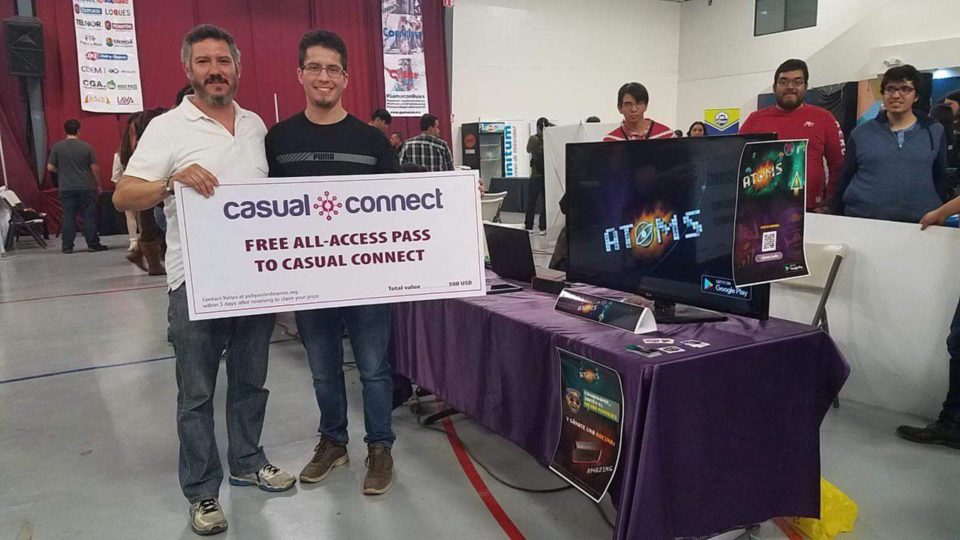
At the event, Juan met a person that became his friend there, and this new friend seemed more excited about him winning than he felt. He relates that was because it all felt like a dream, “I was all like: really? Holy cow, I didn’t think I’d win.” When asked how he feels about coming to Casual Connect and competing at Indie Prize as a creator of a world-famous 3D porn game, he said “It does still feel kinda unreal, but it makes me really excited. I’ve seen a ton of videos of Indie Prize and oh, boy - I wanna go! I feel really pumped! I was also incredibly excited to find out that a popular TikTok influencer aishaali performed a cosplay on her live NSFW TikTok stream based on my game!
My name is Juan and a few years ago I set myself the goal of releasing a simple xxx game I could complete on my own.
The original idea for the game started as my college graduation project. I wanted to create a sex game that was as attractive as any mainstream commercial game. One that could simultaneously appeal to gamers and to students seeking to learn whatever the game wanted to teach.

